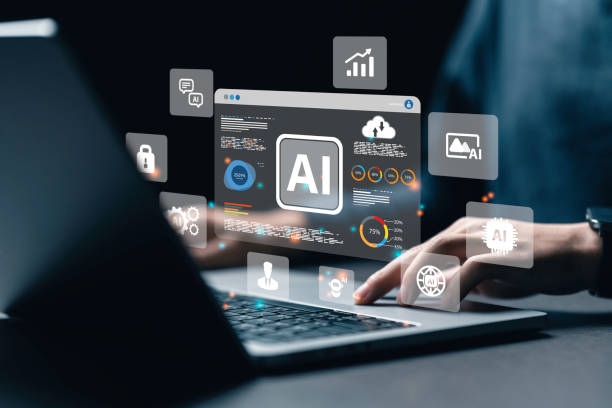In recent years, AI chatbots have emerged as a transformative force in digital communication, reshaping how businesses and individuals interact. These intelligent systems, designed to simulate human conversation, are becoming increasingly sophisticated, allowing for seamless interactions across various platforms. The evolution of AI chatbots has not only enhanced customer service but has also introduced new paradigms in personal interaction and information dissemination.
The Origins of AI Chatbots
The concept of chatbots dates back to the 1960s when the first rudimentary programs emerged. ELIZA, developed by Joseph Weizenbaum at MIT, was one of the earliest examples of a chatbot that could mimic human conversation. ELIZA operated using simple pattern matching and was designed to engage users in conversation by reflecting their statements. While it was groundbreaking for its time, the limitations of early chatbots were evident, as they lacked true understanding and context.
Fast forward to the 21st century, and the advent of artificial intelligence, natural language processing (NLP), and machine learning has revolutionized chatbot technology. Modern AI chatbots can analyze vast amounts of data, understand context, and even engage in complex conversations. This leap in capability has made them indispensable tools for businesses and consumers alike. Discover more at GPT Girlfriend.
The Role of Natural Language Processing
Central to the effectiveness of AI chatbots is natural language processing, a field of artificial intelligence that focuses on enabling machines to understand and interpret human language. NLP allows chatbots to analyze user input, decipher intent, and generate relevant responses. This ability to comprehend context transforms the user experience, making interactions feel more natural and human-like.

Today’s AI chatbots can handle a wide array of tasks—from answering frequently asked questions to providing personalized recommendations based on user behavior. They are equipped to learn from interactions, improving their responses over time and adapting to user preferences. This adaptability not only enhances user satisfaction but also fosters a sense of trust between the user and the chatbot.
Applications Across Industries
AI chatbots have found applications across numerous industries, from retail and banking to healthcare and entertainment. In customer service, they act as first points of contact, assisting users with inquiries, processing transactions, and providing instant support. This efficiency not only streamlines operations but also frees up human agents to focus on more complex tasks.
In the healthcare sector, AI chatbots are being utilized to provide patients with instant access to medical information and appointment scheduling. They can even offer preliminary assessments based on symptoms, guiding users to appropriate care. This technology is particularly valuable in reducing wait times and improving access to healthcare services.
The entertainment industry has also embraced AI chatbots, using them to engage users in interactive storytelling and gaming experiences. These chatbots can create dynamic narratives based on user input, making each interaction unique and immersive.
Challenges and Limitations
Despite their many advantages, AI chatbots are not without challenges. One of the primary limitations is their inability to understand complex emotional nuances. While they can simulate empathy and provide friendly responses, they lack genuine emotional intelligence. This limitation can lead to frustrating experiences for users who seek emotional support or nuanced understanding.
Additionally, the reliance on AI chatbots raises concerns about data privacy and security. As these systems gather and analyze user data to improve interactions, there is an inherent risk of misuse. Companies must prioritize ethical standards and transparency to build trust with users, ensuring that their data is handled responsibly.
The Future of AI Chatbots
The future of AI chatbots appears bright, with ongoing advancements in AI technology promising even more sophisticated interactions. Future chatbots may leverage deep learning techniques to enhance their understanding of human emotions, allowing for more empathetic responses. The integration of voice recognition technology may also pave the way for more natural, conversational interactions.

Moreover, as AI chatbots become more ubiquitous, they may increasingly serve as personal assistants, managing tasks across multiple platforms. Imagine a chatbot that can schedule appointments, send reminders, and even engage in casual conversation, all while learning and adapting to your preferences.
Conclusion
AI chatbots have come a long way since their inception, evolving into powerful tools that enhance communication and streamline interactions. Their impact is felt across various sectors, providing efficiency and accessibility in ways that were previously unimaginable. As technology continues to advance, the potential for AI chatbots is limitless. However, it remains essential to approach their development and implementation thoughtfully, ensuring that ethical considerations and user trust are at the forefront of this exciting technological evolution.